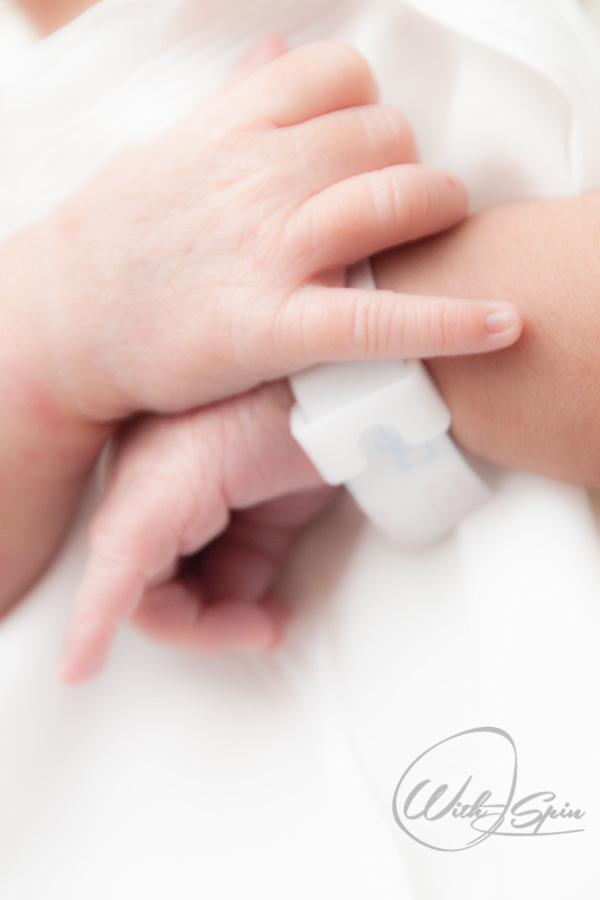
Have you ever wondered what that short, bald, nonsense babbling person, who fascinates your world, is trying to tell you? Don’t you just wish you could understand what your infant needs and wishes for? Call it motherly love or whatever; I felt R is trying to communicate either by gazing into my eyes or giving me a smile since she was few weeks old. I realized my infant had a desire to communicate her needs and wishes but, naturally, lacked the cognitive ability of speech during the first year.
I was very intrigued by the possibility of baby sign language and thrilled that American Academy of Pediatrics(AAP) also approves this communication channel. I thought; why not try giving R a tool she can use to communicate; if it works, great! If not, there’s no harm. According to AAP, baby sign language has been picking up momentum for the past 20 years and becoming mainstay of mainstream parenting. I can totally relate why significant handful of proactive parents and child care providers are using it. Learn more why experts agree sign language is beneficial.
You never know how your infant/toddler may surprise you. My greatest surprise with sign language is when R showed me some blueberries on her word book and told me that she wanted to eat some. Sure enough, when I gave her some she happily finished her berries and singed when she was all done.
We started very early when R was about 4 months old and couldn’t believe our eyes when she first signed for milk at 7 months. The joy of two way communication is beyond any explanation. You can certainly wait till your infant is 6-7 months old if you want to give signing a try as the little hands don’t really talk much until they are 7-9 months old.
AAP has great tips to get you started. Few practical steps that we took –
- We have a STRICT no television/screen policy for R, so we did not buy any videos. There are many products out there but I used online sign language dictionary which worked out great for us. There are books you can buy or check out from local libraries as well.
- Using the dictionary, I learned the sign and taught my husband and the nanny so that R consistently sees the sign from everyone around her. When we visited my mom and brother, we showed them the sign so they can use it with R as well for the few days we were there. The point is, be consistent.
- We started with few words so that R can communicate her basic needs. No one is holding you back if you want to go wild and learn the entire dictionary and teach your kiddo. The list of words we selected –
- Milk – Does it really need any explanation why this was the first word we picked?
- More – Great sign to teach so your baby can tell if he wants more milk, food, playtime and so on.
- All Done – Gives babies some control and allows to communicate if he/she is full, done with bath time, reading time, etc.
- Eat – Need I say more?
- Water – A great sign for your kid to tell you if they want some water middle of a meal.
- Diaper – Just love when R is able to tell me she needs a change because she soiled a diaper while eating J
- Bath – I am a working mom, so our routine is bath time after dinner. It’s cute to see how the little one is ready for a bath after dinner.
- Sleep – To communicate sleep or nap time.
- Maybe it’s a cultural thing for us as the tone of the voice matters more than the actual word please and thank you, so we didn’t pick those. We are teaching these two words as R is beginning to say few words. The choice is really yours what words you want to pick for signing.
- We didn’t have a special teaching time instead integrated the sign as we talked and made it a habit. For example, if I was about to change a diaper, I showed her the sign and told R that we are going to have a diaper changed now.
- Never forced her to sign back and allowed her to start communicating when she was ready. We started at about 4 months and the first time R signed was about 3 months later. As she learned to consistently sign a word, we did start to ask her questions such as if she wants milk or wants to eat around milk/mealtime and waited for her to tell us.
- We didn’t get frustrated if R didn’t get a sign right but made extra effort to understand what she is trying to communicate. For example, she doesn’t quite do the “water” sign as it is supposed to be but has a modified version of her own. We understand it, so there is no pressure on her to get it right as she is beginning to develop her speech.
Signing has been very rewarding because it provided an additional bonding experience while developing a two way communication. Off course, it also helps reduce the guesswork of understanding R’s needs for those 2AM wake ups. Some night’s she is just up while others she clearly is hungry, and wants to have some milk. If it wasn’t for sign language, I would have probably taken many more trips to the kitchen downstairs at the wee hours only to find she wasn’t hungry and didn’t really need the stimulation to further keep her awake!
Would you not try your best to teach your little ones express what they desire to communicate and help them avoid frustration and tantrums? Will you give baby signing a try or have you successfully used it for one of your kids?


Thank you for visiting With A Spin. We hope you enjoy your stay here! Let us know what you think. Leave a comment or question.